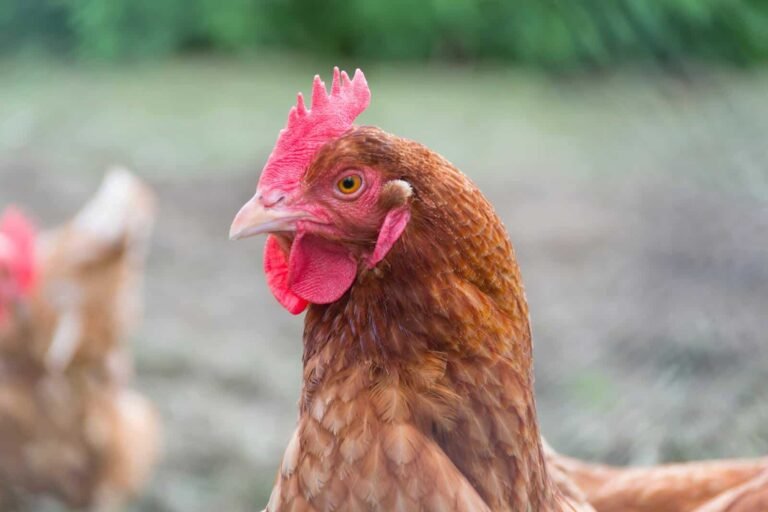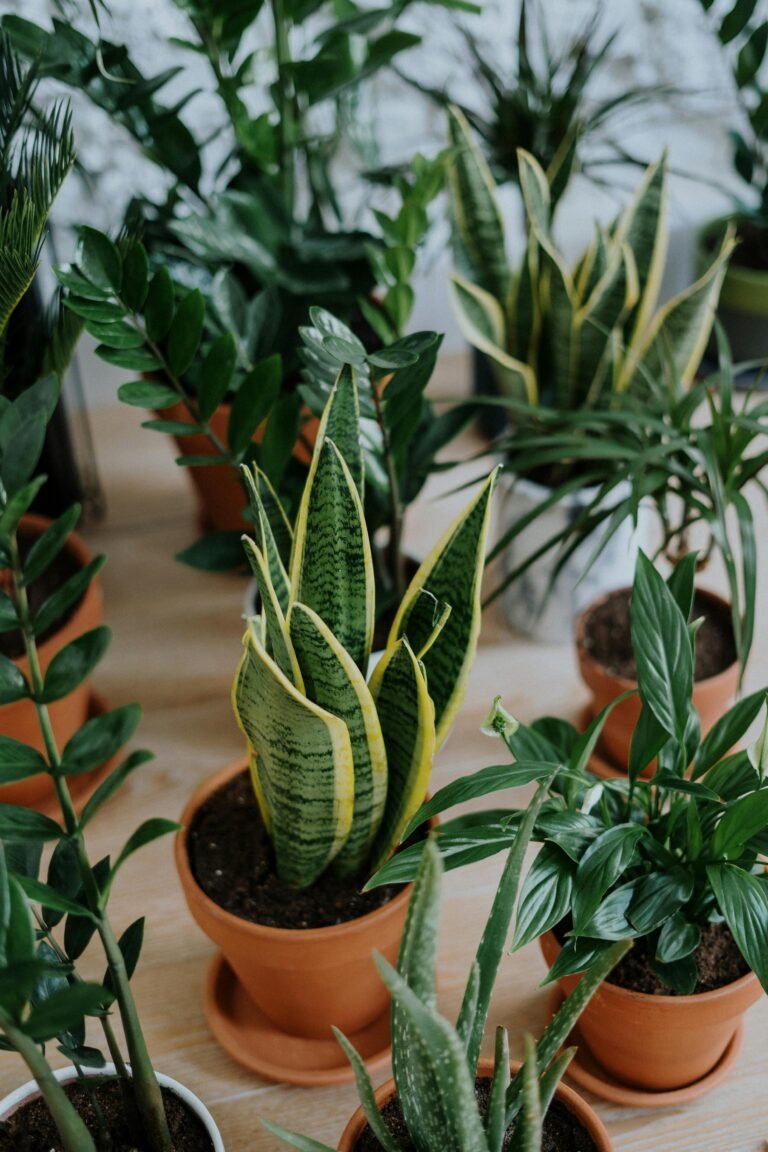Top 10 Beneficial Insects for Your Garden

Ever feel like you’re waging war against tiny green (or black, or spotted) intruders in your beloved garden? Before you reach for chemical sprays, consider this: there’s a whole army of beneficial insects waiting to be your allies! These industrious creatures can be the secret weapon in your fight for a healthy, vibrant garden, while reducing your reliance on harsh chemicals.
This article may contain affiliate links to trusted partners, which help run this site at no extra cost to you.
The Power of Ten: Unveiling Your Beneficial Brigade
Nature has a remarkable way of keeping things in balance, and these top 10 beneficial insects play a vital role in your garden’s ecosystem:
1. Ladybugs (Ladybird Beetles)
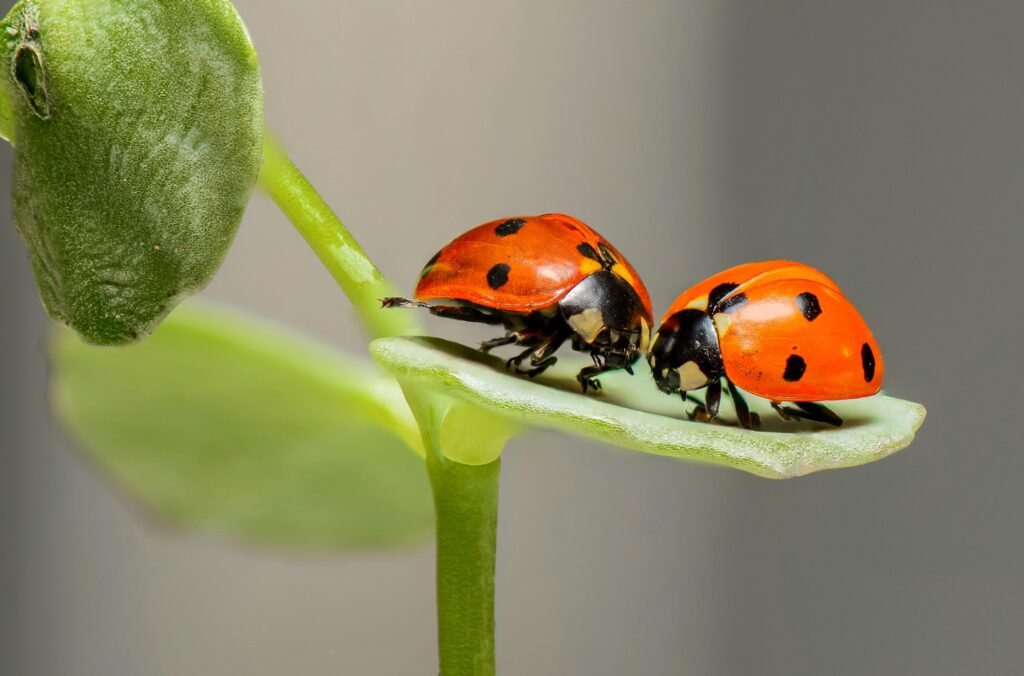
These cheerful polka-dotted beetles are aphid assassins, devouring hundreds of these harmful pests in their lifetime.
- Advantages: Prolific eaters, consuming thousands of aphids. Ladybugs can live up to two years.
- Disadvantages: Migratory, and very cold winters can impact their population.
- Attract them: Plant dill, fennel, cosmos, and yarrow. Provide overwintering sites like leaf piles or crevices.
- Tips: Avoid using insecticides that harm ladybugs and other beneficial insects.
2. Green Lacewings

Delicate lacewings, with their translucent wings, are another aphid-munching marvel, especially in their larval stage.
- Advantages: Excellent fliers, easily patrolling for aphid infestations.
- Disadvantages: Short lifespan as adults, lasting only a few months.
- Attract them: Plant dill, coriander, and tansy. Provide shelter with tall grasses and flowers.
- Tips: Purchase lacewing eggs online to boost their population in your garden.
3. Minute Pirate Bugs

Tiny but mighty, these stealthy hunters feast on a variety of soft-bodied insects, including thrips, aphids, and leafhoppers.
- Advantages: Prolific breeders, actively searching for prey throughout your garden.
- Disadvantages: Due to their small size, they can be difficult to spot.
- Attract them: Plant marigolds, nasturtiums, and cosmos.
- Tips: Avoid insecticides that harm sucking insects, as these can affect minute pirate bugs.
4. Hoverflies
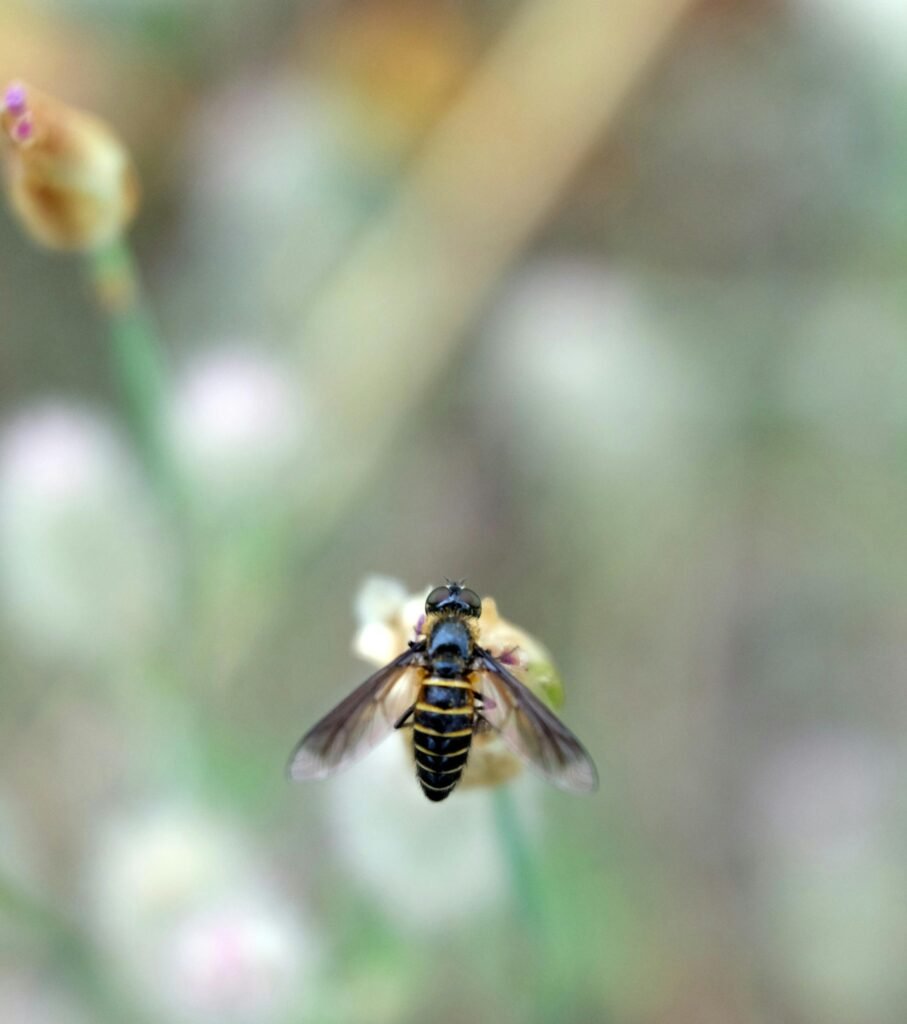
Often mistaken for small bees, hoverflies are valuable pollinators. Their larvae feed on aphids and other small insects.
- Advantages: Excellent pollinators and voracious aphid eaters.
- Disadvantages: Short lifespan, lasting only a few weeks as adults.
- Attract them: Plant dill, coriander, and chives. Provide continuous flowering plants for nectar.
- Tips: Avoid insecticides that target flying insects, which can harm hoverflies.
5. Praying Mantises

The statuesque praying mantis is a patient predator, waiting for insects to wander within its grasp. They devour a wide range of garden pests.
- Advantages: Impressive predators that can take down large insects.
- Disadvantages: Solitary creatures that may prey on other beneficial insects.
- Attract them: Plant marigolds, zinnias, and cosmos. Provide hiding spots like tall grasses.
- Tips: Be mindful if you have a butterfly garden, as mantises may prey on butterflies too.
6. Parasitic Wasps
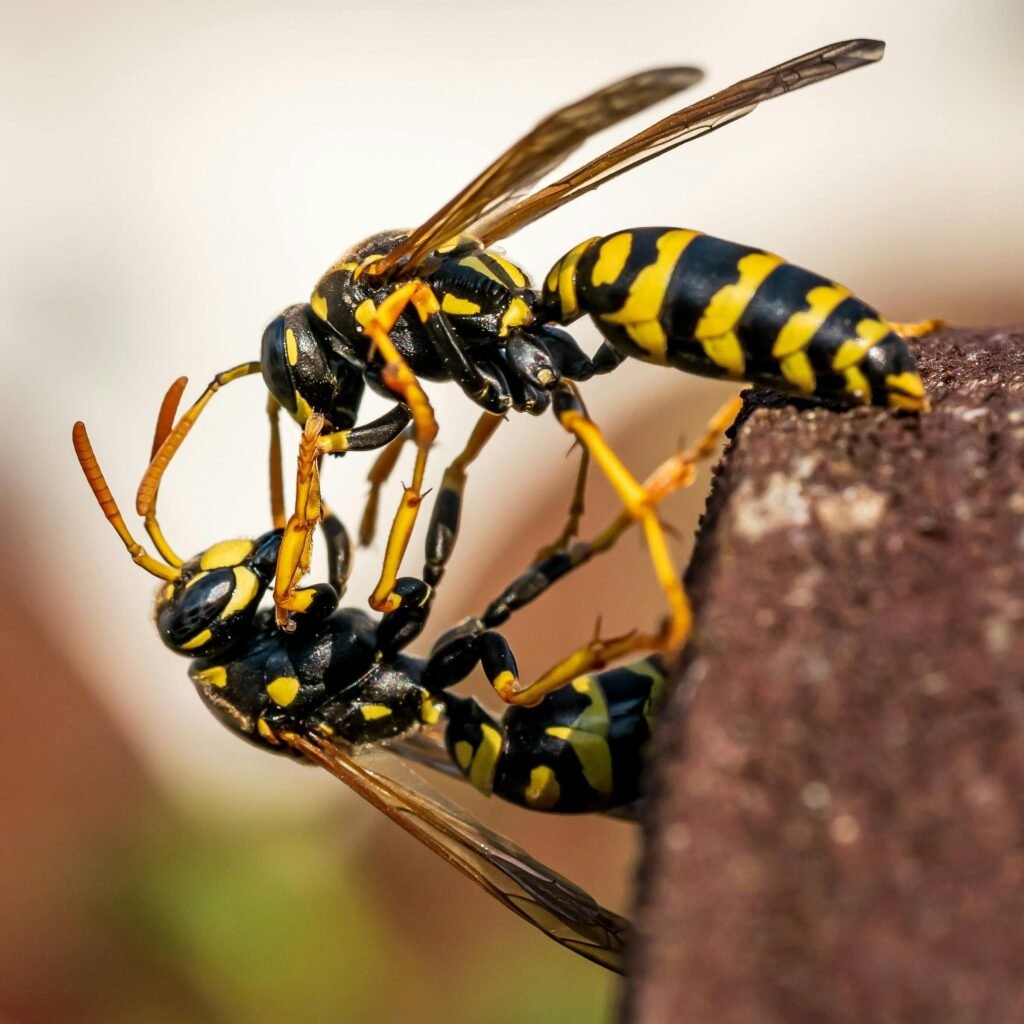
Tiny wasps that lay eggs inside harmful insects, effectively dooming the next generation of pests.
- Advantages: Diverse and target a wide range of pests.
- Disadvantages: Specific in the types of pests they target.
- Attract them: Avoid using insecticides and allow a natural balance of pests to exist.
- Tips: Research parasitic wasps targeting specific pests in your garden.
7. Soldier Beetles
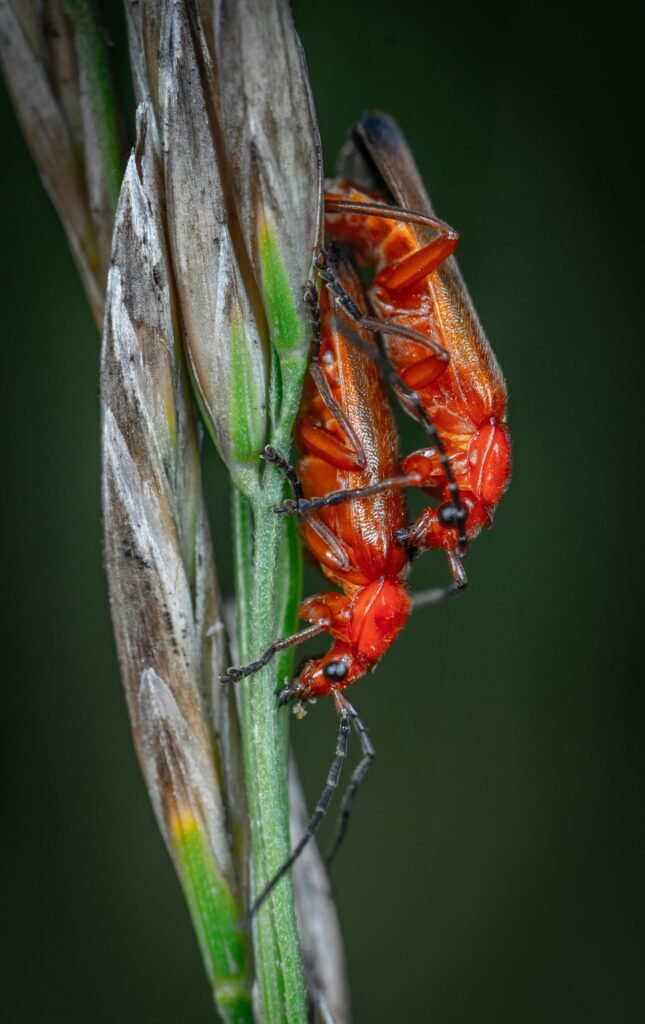
These brightly colored beetles consume caterpillars, aphids, and other soft-bodied insects.
- Advantages: Active predators and scavengers, helping reduce pest populations.
- Disadvantages: Larvae may feed on the roots of young plants.
- Attract them: Plant flowering plants and leave some decaying organic matter.
- Tips: Focus on attracting adult soldier beetles by providing them with flowers and hiding spots.
8. Big-Eyed Bugs

Nocturnal hunters using their large eyes to spot aphids, caterpillars, and other small insects.
- Advantages: Control pest populations even at night.
- Disadvantages: Difficult to observe as they’re active at night.
- Attract them: Plant evening-blooming flowers like evening primrose and moonflowers.
- Tips: Create a damp microclimate to attract big-eyed bugs.
9. Ground Beetles
Nocturnal hunters that consume pests like slugs, snails, and beetle larvae.
- Advantages: Control soil-dwelling pests and help improve soil health.
- Disadvantages: Active at night, making them hard to see.
- Attract them: Minimize soil disruption and provide hiding spots with mulch.
- Tips: Purchase and release ground beetles to boost their population, but note they may wander.
10. Damsel Bugs
Ambush predators that feed on aphids, leafhoppers, and other small insects.
- Advantages: Effective predators that help control pest populations.
- Disadvantages: Territorial and may drive away other beneficial insects.
- Attract them: Plant small-flowered plants and create damp areas in your garden.
- Tips: Avoid insecticides to protect damsel bugs and other beneficial insects.
Creating a Bug-tastic Paradise: Attract Your Beneficial Brigade
Now that you’ve met your team of tiny heroes, it’s time to create a welcoming haven for them in your garden. Here are some key strategies:
1. Champion Companion Planting
Certain plants create a mutually beneficial relationship. For example, strong-smelling herbs like rosemary and thyme deter pests, while brightly colored flowers like marigolds attract beneficial insects.
- Ladybugs & Lacewings: Dill, Fennel, Cosmos, Yarrow
- Hoverflies: Dill, Coriander, Tansy
- Minute Pirate Bugs: Marigolds, Nasturtiums, Cosmos
2. Plant a Diverse Buffet
Incorporate native wildflowers, herbs, and perennials into your garden. Seasonal flowering suggestions:
- Early Spring: Asters, Pansies, Violets
- Summer: Coneflowers, Lavender, Zinnias
- Fall: Goldenrod, Sedum, Sunflowers
3. Provide Shelter and Nesting Sites
Leave some areas of your garden undisturbed. Consider adding these features:
- Ladybug Houses: Small wooden boxes with holes for ladybugs to enter.
- Butterfly Puddling Stations: Shallow dishes with water and pebbles.
- Overwintering Sites: Pile branches or brush to provide shelter during colder months.
Creating a thriving habitat for beneficial insects takes time and patience. Resist using harsh chemicals that can harm both good and bad bugs. By following these tips, you’ll create a garden teeming with life and beauty!
Are you ready to embrace the good bugs? Share your tips and garden transformations in the comments below!


